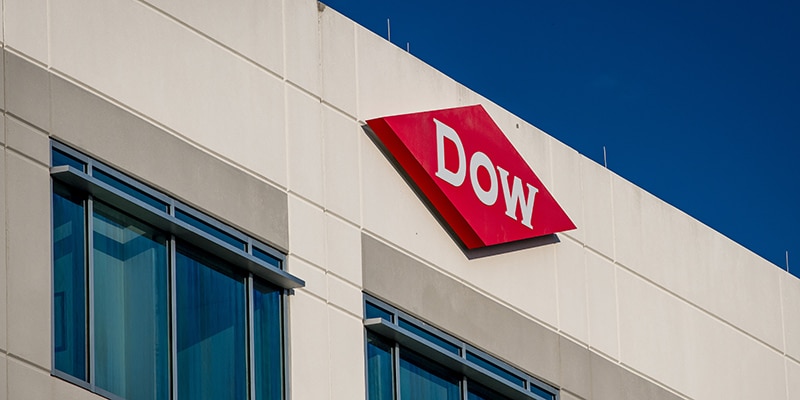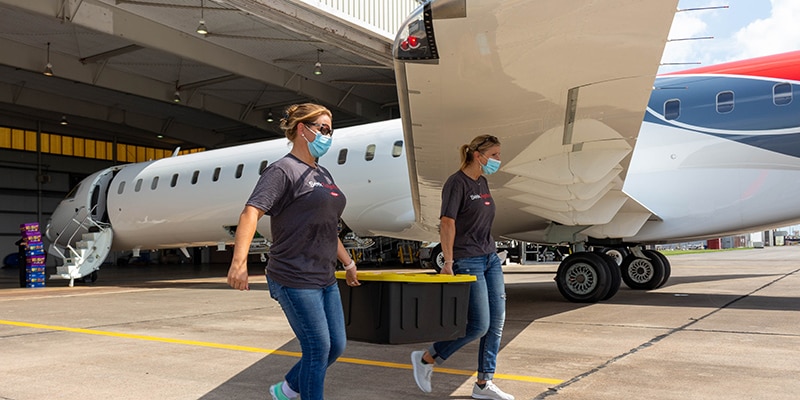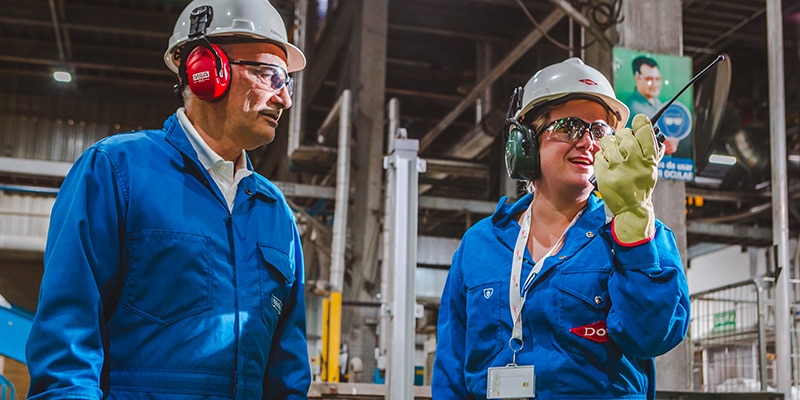
Dow's blueprint on sustainable watershed management
Water is vital
By 2050, the world population will increase to 9.2 billion, with demand for fresh water increasing along with it. When fresh water is so scarce, how do you prioritize the needs of water today while also preserving water for the future? No one can do this alone – we must collaborate in new and meaningful ways to manage water more sustainably.
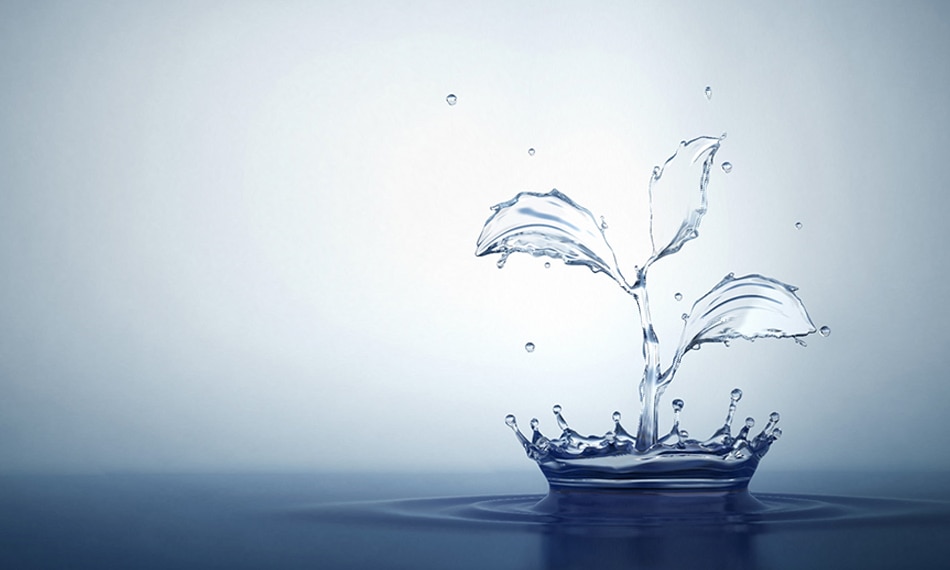
A sustainable watershed for all
As one of the largest manufacturing companies in the world, Dow depends on a steady supply of water to create the products that are essential for everyday life and human progress. We know there are other water users – companies, farmers, and governments – who share our vision and have their own sustainable water management stories. Our vision and our hope is that through this blueprint, we inspire watershed stakeholders around the world to forge collaborations to sustainably manage scarce freshwater that is so vital to life on this planet.
Sustainable watershed management case studies
The blueprint for sustainable watershed management is about sharing the story of our journey towards more sustainable water management which centers on the power of collaborations at the local and global scale. In those collaborations, stakeholders can play multiple roles, from framing the initial collaboration, to being a key supporter for the project execution – from a technical, financial, or policy standpoint.
Through our World Leading Operations goal, we have identified six of our manufacturing sites as key water-stressed sites and committed to reducing the freshwater intake intensity at these sites by 20 percent. Some of these case studies highlight the innovative local collaborations we are making in these locations. Some are in other watersheds where Dow employees live and work. All are part of our water journey.
Click here to download Dow's Water Journey infographic.
Check back soon for new case studies and opportunities to collaborate with us.

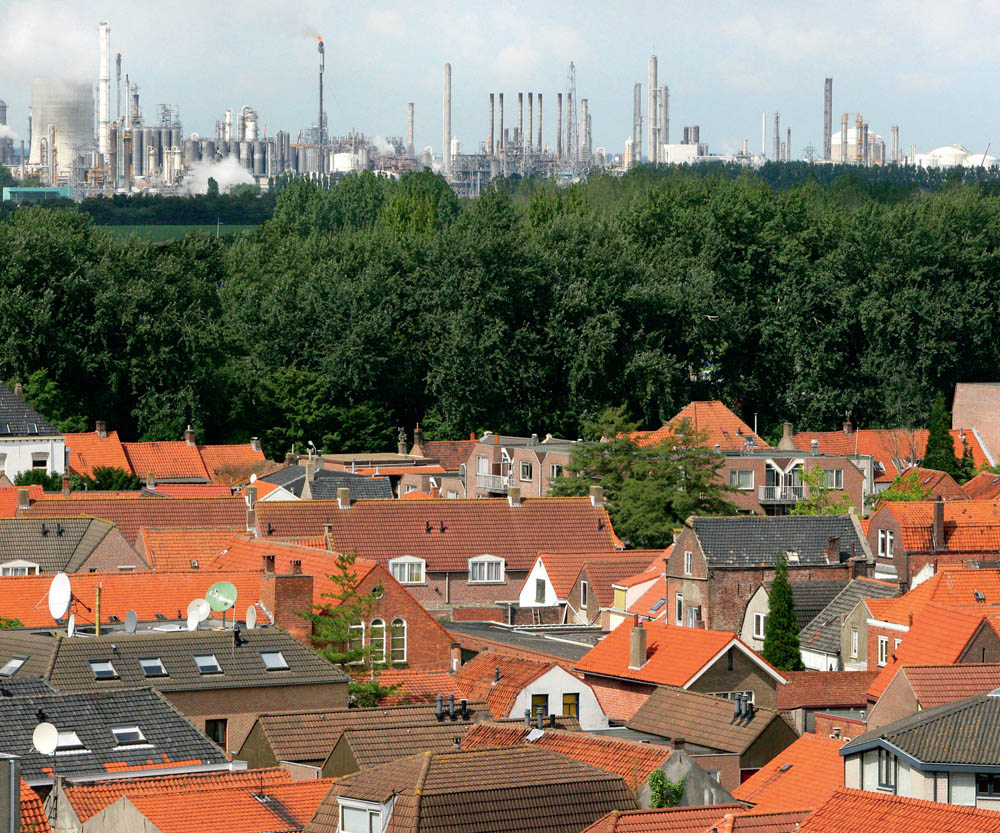
Decreasing Operational Reliance On Freshwater
Dow's manufacturing site in Terneuzen, the Netherlands is the largest outside of the U.S. but is located in a region without much freshwater. Local partnerships enabled an innovative solution to reuse the municipal water from Ternueuzen in our industrial processes. Their waste became our treasure. This was the first municipal water reuse collaboration done at such a large scale and is only the beginning of our sustainable water journey at Terneuzen.

Great Lakes Blue Accounting Initiative
Blue Accounting is a new initiative and online platform that will provide cutting-edge information services about the Great Lakes to help our leaders manage the world’s largest freshwater ecosystem in a more collaborative, effective and holistic manner. Through our partnership with the Nature Conservancy and desire to be a good water steward in our communities, Dow’s role in this effort is as partner and technical advisor highlighting a unique role industry can play to support sustainable efforts to manage water in our communities without being the leader or convener.

Collaborating To Protect Unesco River Basins
Building on our success in Terneuzen, Dow partnered with local companies and water boards at our industrial complex in Tarragona, Spain to reuse local wastewater. This frees up freshwater for the UNESCO Ebro River Basin and local communities and highlights the power of public-private cooperation in watershed management.
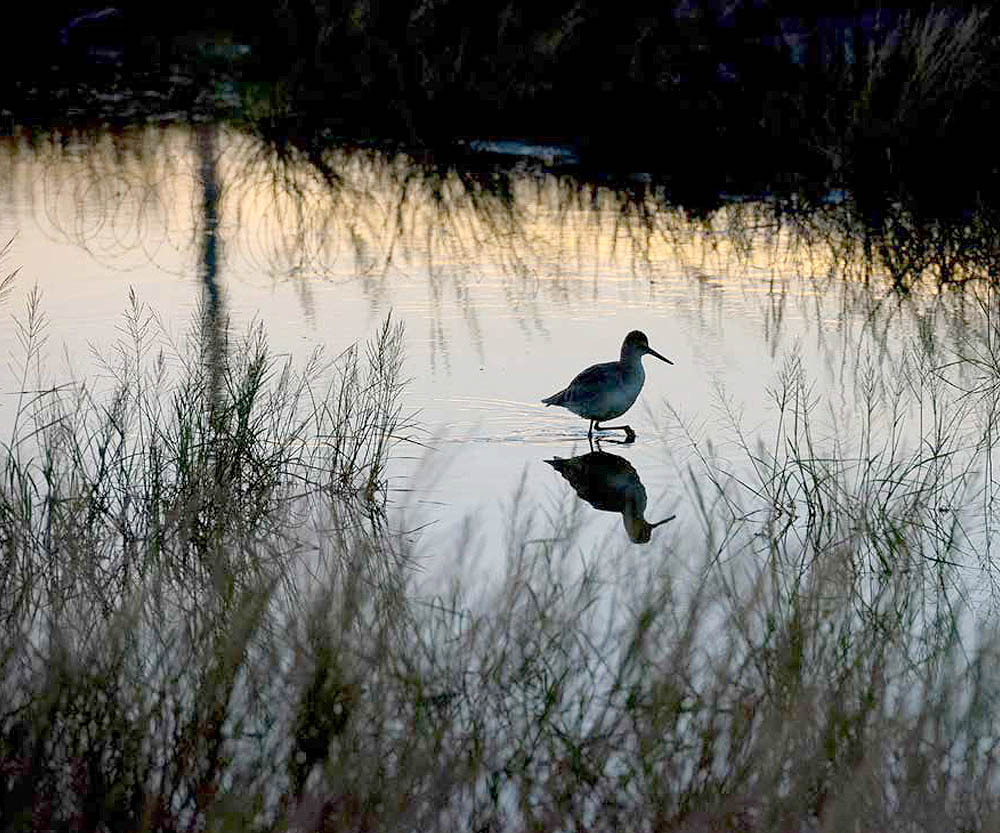
Constructing Wetlands As A Natural Solution
With the help of the local government and the Nature Conservancy, Dow converted 110 acres of an existing water treatment pond in Seadrift, Texas into constructed wetlands as a natural and less expensive solution to treat our wastewater responsibly. This is an example of the green infrastructure solutions Dow has developed in our quest to Value Nature.
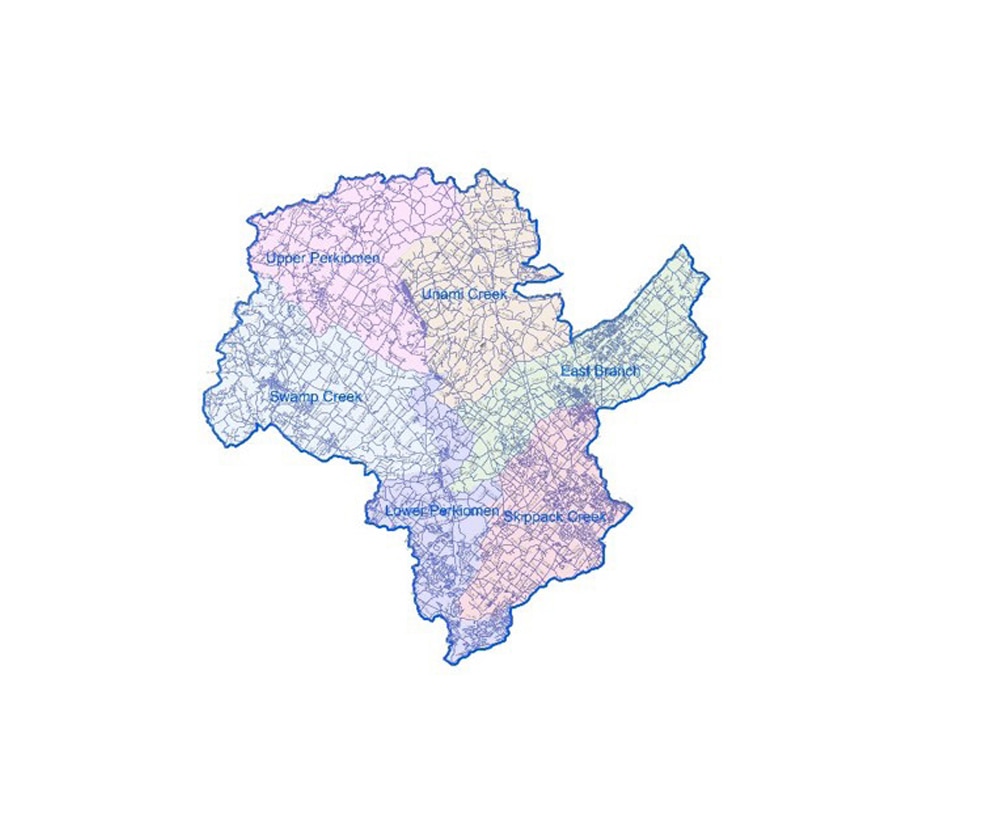
Building Healthy Watersheds Through Clean-ups, Tree Planting, And Education
Collegeville, Pennsylvania, located in the Perkiomen Watershed, is home to one of Dow’s largest R&D facilities. The greatest threat to the watershed is non-point source pollution – or contamination stemming from multiple sources –, which degrades the safety and quality of the water for both people and wildlife. Through its partnership with the local, member-driven non-profit, the Perkiomen Watershed Conservancy, Dow contributes to the health of the watershed through clean-up efforts, tree plantings, and funding for environmental education and outreach.



